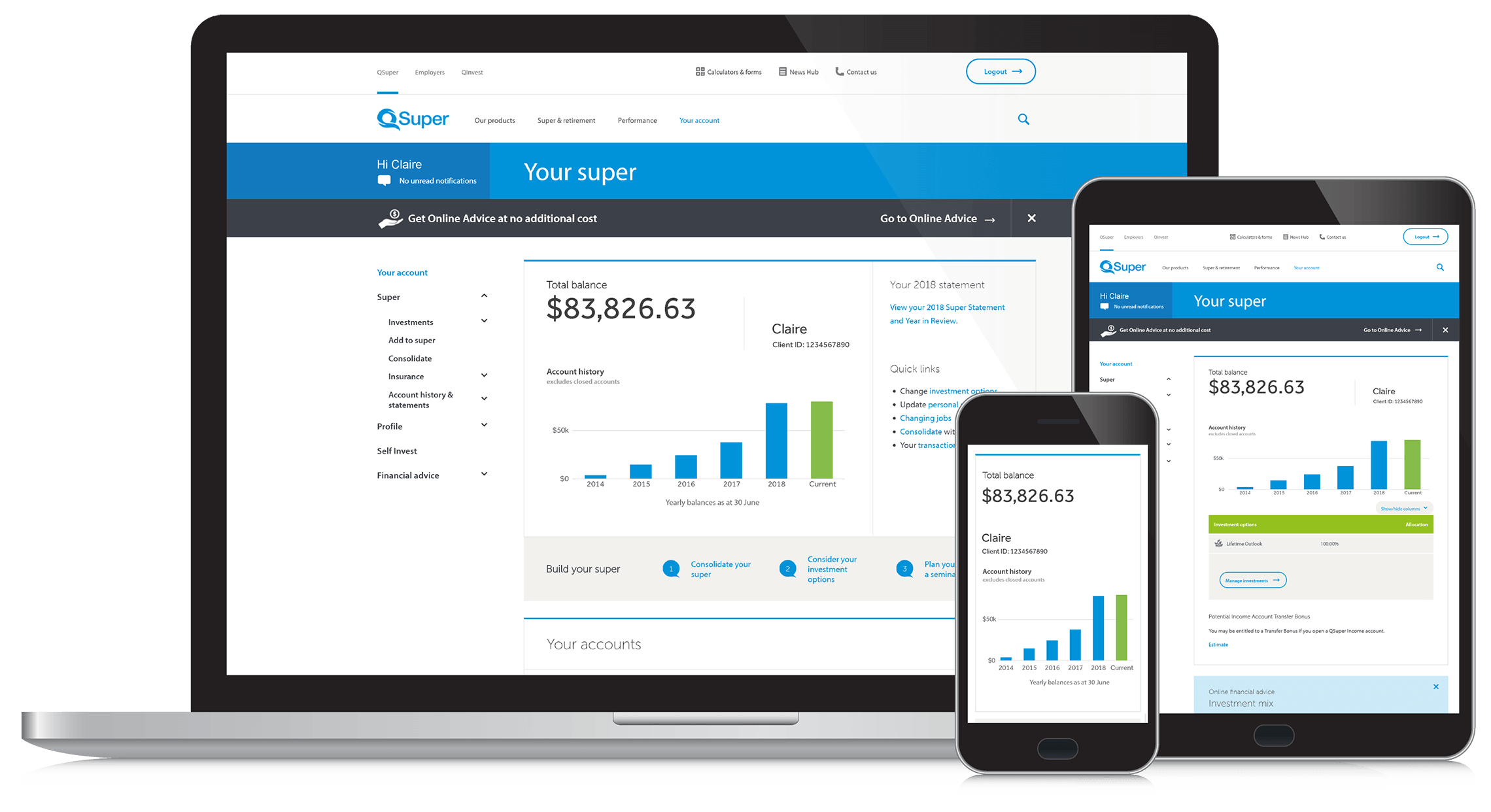Income protection: Choose your wait
04 June 2019
5
min read
QSuper’s Accumulation account insurance cover changes on 1 July 2019, including changes to income protection waiting periods. Understand the detail and the choices you can make.
Changes to QSuper’s Accumulation account insurance cover, taking effect from 1 July, were outlined to all members in May. (If you haven’t received this information via email or post, log in to Member Online to read your personalised letter, or call us on 1300 360 750.)
While the changes to cover will be automatically applied on 1 July 2019, it’s important to review your insurance to make sure it is right for you.
Income protection changes
In particular the changes to income protection cover to be aware of are:
Changes to income protection waiting periods
| If you have, prior to 1/7/19 |
It will change to, on 1/7/19 |
| An income protection waiting period of accrued sick leave plus 14 days, and you have personalised any of your cover (including occupationally rating your premiums) |
Your waiting period will change to 30 days or accrued sick leave, whichever is greater. |
| An income protection waiting period of accrued sick leave plus 14 days, and have not personalised any of your cover (including occupationally rating your premiums) |
Your waiting period will change to 90 days or accrued sick leave, whichever is greater. |
| An income protection waiting period of 30 days or accrued sick leave, whichever is greater, and have not personalised your cover (including occupationally rating your premiums) |
Your waiting period will change to 90 days or accrued sick leave, whichever is greater. |
Automatic changes will only apply to waiting periods covered in the above scenarios. If your cover is different to the above scenarios, your waiting period will not be impacted by the 1 July changes.
QSuper will no longer offer a waiting period of accrued sick leave plus 14 days.
Changes to income protection benefit periods
| If you have, prior to 1/7/19 |
It will change to, on 1/7/19 |
| An income protection benefit period of three years. |
An income protection benefit period of two years. |
Automatic changes will only apply to the benefit period covered in the above scenario. If your cover is different to the above scenario, your benefit period will not be impacted by the 1 July changes.
QSuper will no longer offer a benefit period of three years.
Why the changes are being made
These changes follow QSuper’s recent product and pricing review and are being delivered along with changes to meet requirements of the Australian Government’s Protecting Your Super package.
While QSuper is changing some features of their insurance offering, QSuper members will continue to benefit from generous automatic cover, and an industry-leading claims experience that supports them when it matters most.1
|
“When we review our insurance at QSuper, we look at whether the premiums we receive will allow our members’ claims to be paid now and into the future.
Our focus is to ensure that we can deliver for our members when they need us most. When we make any changes to our insurance, we want to ensure that our cover remains affordable and effective for our members."
QSuper Chief of Member Experience, Jason Murray
|
Action you can take
QSuper’s insurance cover is designed to be flexible, so you can tailor it to meet your personal and financial needs. Log in to Member Online after 1 July 2019 to:
 Change your income protection waiting period or benefit period
Change your income protection waiting period or benefit period
 Increase or decrease your level of cover
Increase or decrease your level of cover
 Review your occupational rating.
Review your occupational rating.
You can always choose to personalise your cover before the 1 July changes if your current cover does not suit your needs, however, you will need to be mindful that the waiting period of sick leave + 14 days and a benefit period of 3 years will no longer apply to Income Protection from 1 July.
Julie is a 38-year-old QSuper member whose income protection cover will change on 1 July 2019. Her income protection waiting period will change from accrued sick leave plus 14 days to 90 days or accrued sick leave, whichever is greater.
She has a mortgage and is paying school fees, so decides that she would prefer to pay a higher insurance premium for a shorter income protection waiting period.
Julie calculates that she typically has the following paid leave available to her:
 10 days of sick leave
10 days of sick leave
 3 weeks of holiday leave
3 weeks of holiday leave
Based on the paid leave available, Julie decides that a waiting period of 30 days or accrued sick leave, whichever is greater, would suit her needs.
In two years-time, Julie will be eligible for long service leave. She decides that she will review her income protection waiting period again at that point.
This case study is provided for illustrative and educational purposes only and the member shown is not real. Members should seek advice from a qualified licensed professional, regarding their own circumstances.
Be invested
Knowledge is power, and planning your best future means being invested in outcomes today. Take the time to learn more about your QSuper account.

Log in to Member Online to check the insurance cover you have, and to ensure it matches your needs.
1. Source: MoneySmart Life insurance claims comparison tool. Accessed 5 April 2019: https://www.moneysmart.gov.au/tools-and-resources/calculators-and-apps/life-insurance-claims-comparison-tool